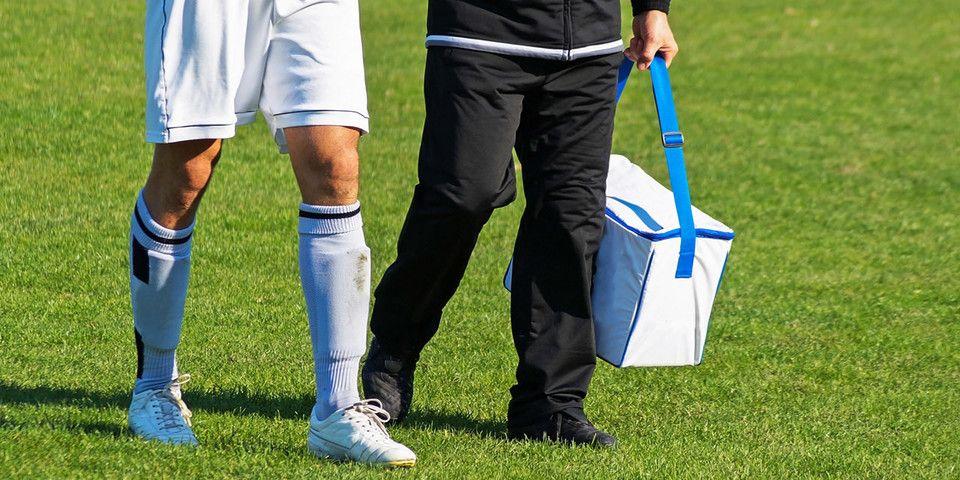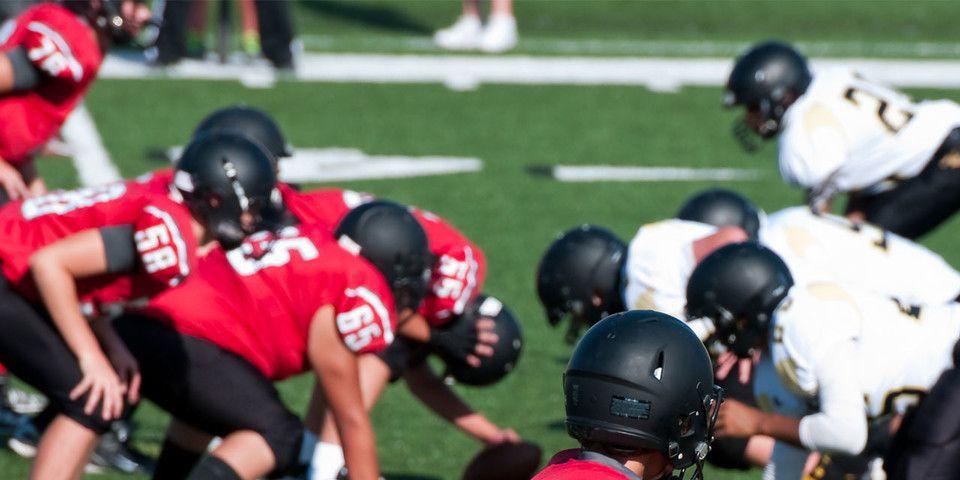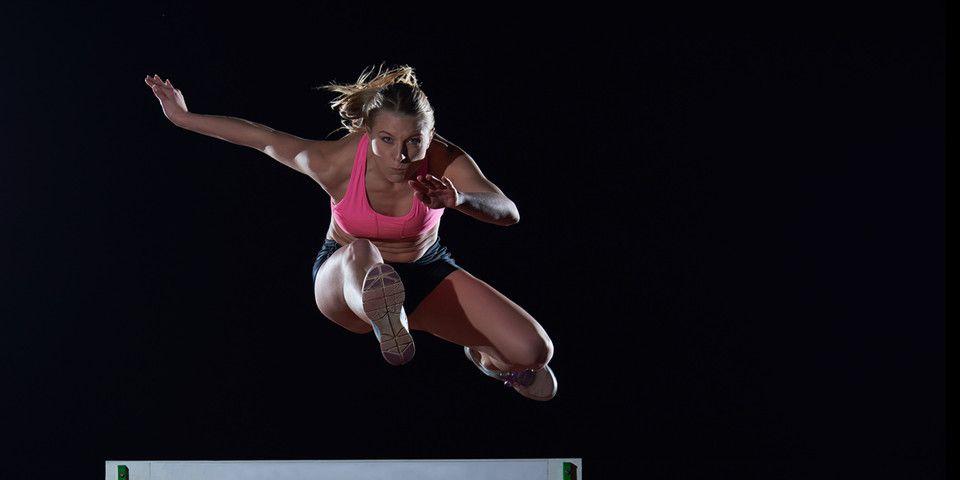Stay Afloat By Avoiding Swimming Injuries
Among serious swimmers, orthopedic injuries can be both common and serious. The orthopedic experts at Rothman Orthopaedics advise avoiding typical swimming injuries by following these five sports medicine tips.
If you grew up swimming, chances are you’ve heard of swimming safety tips. However, far fewer people are familiar with the orthopaedic injuries that swimmers are at risk of. While preventing these risks is certainly of critical importance, avoiding swimming injuries involves much more than simply staying out of the pool during thunderstorms.
Those who swim frequently are most at risk for suffering swimming injuries, such as swimming shoulder injuries and swimming knee injuries. Fortunately, there are practical ways of avoiding swimming injuries. At Rothman Orthopaedics, we have extensive experience treating sports injuries - including those caused by swimming activity. We’re familiar with the symptoms and the most effective treatment methods. But it’s always better to avoid an injury rather than treat an injury, and that’s why we’ve compiled this informative list of measures you can take for avoiding swimming injuries.
Five Swimming Injuries and Preventative Measures
Our overview of swimming injuries and tips for avoiding swimming injuries covers five of the most common injuries that swimmers experience: Breastroke knee, butterfly back injuries, swimmer’s shoulder, neck injuries, and spinal cord injuries.
-
Breaststroke Knee
One of the most common swimming knee injuries is known as breaststroke knee; unsurprisingly, this injury is generally suffered as the result of breaststroke-form swimming activity, which involves a whip-kick motion. This rotation movement puts the knee in a stressed position and can strain the medial collateral ligament. Alternating swim strokes, taking non-breaststroke rest periods, warming up, stretching, and performing strengthening exercises for the hamstrings and quadriceps can all assist in the prevention of these injuries. -
Butterfly Back Injuries
The butterfly stroke is notable for causing back pain - particularly in the lower back. This is caused by the applied pressure that the arched, continuous action of the back impresses upon the base of the spine (lumbar vertebrae) during butterfly-stroke swimming. As with breaststroke knee, warming up and stretching properly can help to prevent this injury. Additionally, poor technique may be responsible for back pain; make sure your body undulation and dolphin kick lift your upper body out of the water by the force of your body wave rather than the strength of your back. -
Swimmer’s Shoulder
Among the most frequent and worst swimming injuries are shoulder injuries - in particular, “swimmer’s shoulder” or rotator cuff impingement. This injury is caused by the pressure on the rotator cuff that occurs when the arm is lifted; this may result in shoulder instability and biceps tendonitis. Stretches and exercises that strengthen the muscles and tendons attached to the rotator cuff help to strengthen the shoulder and reduce susceptibility to swimmer’s shoulder injuries. -
Neck Injuries
Because of its mobility, incorrect swim stroke technique (including freestyle, butterfly, and backstroke) can cause serious neck injuries. To prevent neck injuries while swimming freestyle, always keep the head aligned with the spine and rotate the body; avoid over-rotating the head during inhalation or clearing the water. Butterfly swimmers should align head and spine and look down during inhalation to keep the head in a stable position. During backstroke, increase your swimming distance over time to allow gradual adaptation of the anterior neck muscles. -
Spinal Cord Injuries
According to swimming injuries statistics, approximately 1,800 spinal cord injuries are experienced each year among swimmers. The vast majority of these are caused by diving accidents, and many result in paralysis. To prevent diving injuries, never dive in shallow water, murky water (with unknown depth), and only dive off the end of diving boards.
Following these tips for avoiding swimming injuries is the first step in addressing the orthopedic risks of swimming. If you do experience a swimming injury, the orthopedic experts at Rothman Orthopaedics can help. At Rothman, you are ensured to receive superior care from the top sports injuries specialists in the region. To learn more or schedule an examination, visit us here or contact us at 1-800-321-9999.
Related Specialties
Related Conditions
Related Programs
-

Athletic Training- Sport Medicine Outreach
Our Field Athletic Trainers provide direct sports medicine care to youth, high school, college and professional athletes. Rothman AT’s provide athletic training services throughout Southeastern PA to interscholastic high schools, colleges, as well as tournaments and special events.Read More -

Injury Prevention Program
The Injury Prevention Program at the Rothman Orthopaedic Institute is dedicated to the prevention of injuries from athletic participation, particularly youth sports.Read More -

Women’s Sports Medicine Program
The Women’s Sports Medicine Program at the Rothman Orthopaedic Institute is the first of its kind in the Philadelphia metro area and one of only several such programs specializing in the comprehensive care of the female athlete in the country.Read More




